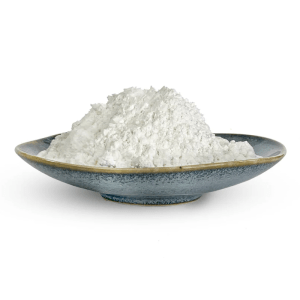
# Starch Sugar: Production and Applications in Food Industry
## Introduction to Starch Sugar
Starch sugar, also known as glucose syrup or corn syrup, is a sweetener derived from starch. It is widely used in the food industry due to its functional properties and cost-effectiveness. The production process involves breaking down starch molecules into simpler sugars through enzymatic or acid hydrolysis.
## Production Process of Starch Sugar
### 1. Raw Material Preparation
The production of starch sugar begins with the selection of starch sources. Common raw materials include:
– Corn
– Wheat
– Potato
– Tapioca
The starch is extracted from these sources and purified to remove proteins, fibers, and other impurities.
### 2. Liquefaction
The purified starch is mixed with water to form a slurry. Enzymes (typically alpha-amylase) or acids are added to break down the starch into shorter dextrin chains. This process occurs at elevated temperatures (typically 90-110°C) and is called liquefaction.
### 3. Saccharification
After liquefaction, the solution undergoes saccharification where additional enzymes (usually glucoamylase) further break down the dextrins into simple sugars like glucose. The temperature is lowered to around 60°C for this step.
### 4. Purification and Concentration
The resulting sugar solution is then purified through filtration and ion exchange processes to remove impurities. Finally, the solution is concentrated through evaporation to achieve the desired syrup consistency.
## Types of Starch Sugar
Different types of starch sugars are produced depending on the degree of hydrolysis:
– Glucose syrup (DE 20-50)
– High maltose syrup
– High fructose corn syrup (HFCS)
– Maltodextrins (DE <20)
## Applications in Food Industry
Starch sugars serve multiple functions in food products:
### 1. Sweetening Agent
Starch sugars are used as:
– Primary sweeteners in beverages
– Sugar substitutes in baked goods
– Sweetening components in confectionery
### 2. Texture Modifier
They contribute to:
– Moisture retention in baked goods
– Prevention of sugar crystallization in candies
– Improved mouthfeel in dairy products
### 3. Fermentation Substrate
Starch sugars serve as:
– Fermentable sugars in alcohol production
– Nutrient sources in yeast-based products
– Substrates for microbial cultures
### 4. Browning and Flavor Enhancement
They participate in:
– Maillard reactions for flavor development
– Caramelization in cooked products
– Color formation in baked goods
## Advantages of Starch Sugar
Starch sugars offer several benefits to food manufacturers:
– Cost-effectiveness compared to sucrose
– Consistent quality and performance
– Customizable sweetness profiles
– Improved shelf life of products
– Enhanced functional properties
Keyword: Starch Sugar
## Future Trends
The starch sugar industry continues to evolve with:
– Development of specialized enzyme systems
– Production of clean-label starch sugars
– Increased demand for non-GMO options
– Advancements in sustainable production methods
As consumer preferences shift toward natural and functional ingredients, starch sugar producers are adapting to meet these demands while maintaining the economic and technical advantages that make these sweeteners indispensable to the food industry.
Comments are closed